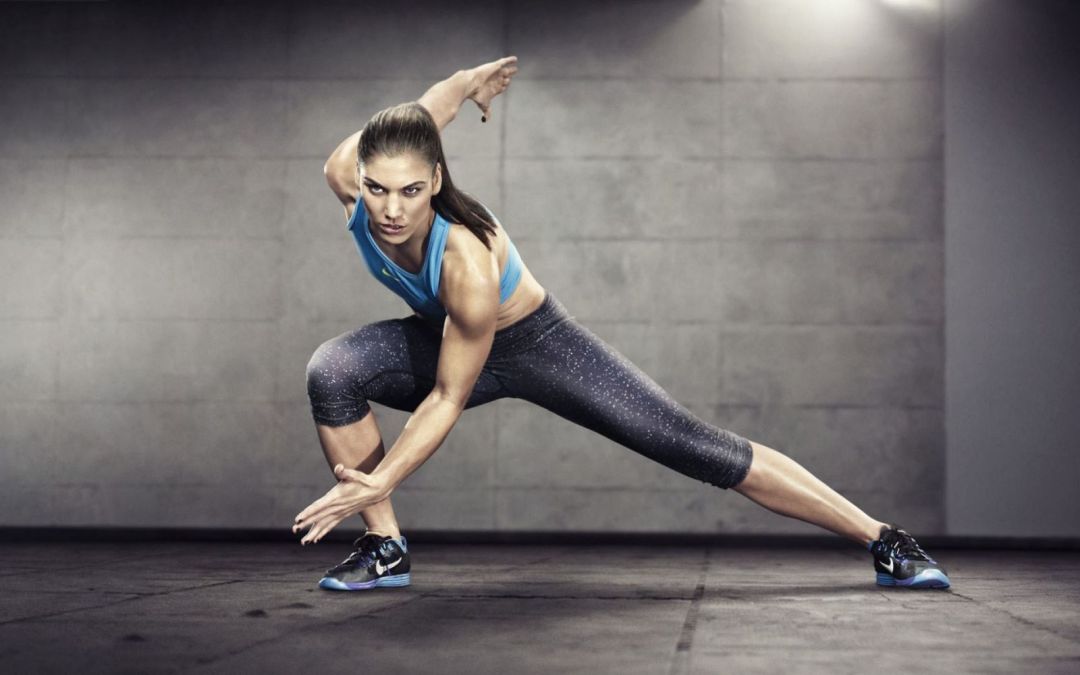If your client’s wants and needs differ give the client what they want before what they need. Giving a client what they want builds their trust in you to allow them to address their needs.
The PTA Global checklist
- To properly address the client’s needs and wants is to ask the right questions and listen to their answers.
- Establish trust by giving the client what they want first, then what they need.
- When you know the wants and needs, integration is simply matching them to exercise.
Getting to know your client
The most powerful yet overlooked aspect of personalised training is when fitness professionals ask clients the right questions and really listen to the answers. The client will usually tell us verbally or through body language what we need to do with them to be successful. To make this process simple and effective, PTA Global has developed two very specialised and practical ‘tools’. The first is the PTA Global Programme Design Questionnaire (PDQ), which is one of the most innovative questionnaires to hit the fitness industry in the last decade. One of its purposes is to allow you to draw out of your client what they really want from an exercise programme (goal), how they want the workouts to look and feel (style), their ability (level) and why it is important to them (motivation). The second practical tool is the Daily Readiness Observation (DR.O). Perhaps the most holistic client screen in the industry, the DR.O is designed to allow you to gauge what your client’s daily stress level is, where the stress is coming from (lifestyle and nutrition, physical, or mental and emotional) and what their movement capacity is prior to each workout. These comprise your client’s needs. What they need each time you meet may change from session to session.
Integrate
Following the PDQ, you’ll know your client’s want list: how they want their programme to look and feel, and why it is important to them. After your client has completed the given day’s DR.O, you’ll know their needs as well as how much they are capable of doing. Now it is simply a matter of providing exercises and acute variables that match your client’s wants and mapping them to their needs for today’s workout.
Client case study
Client: 50-year-old female
Goal: Weight loss
Style: Progressive – prefers exercise that is three-dimensional, requires minimal external support and is dynamic, and needs little trainer support. She does not like ‘traditional exercises’ like treadmills, bikes, etc.
Level: Intermediate
Motivation: Wants to increase her vitality to enjoy time with her daughter
DR.O (for today): Emotionally stressed out, dehydrated, slight back pain
Synopsis
She is overly stressed but still needs to do something to lose weight and increase levels of health and vitality. Today she doesn’t want to carry the burden of training by herself because she doesn’t have a lot of mental energy, plus she needs some water and has an achy back. We will use various forms of play today.
Workout: 30mins


